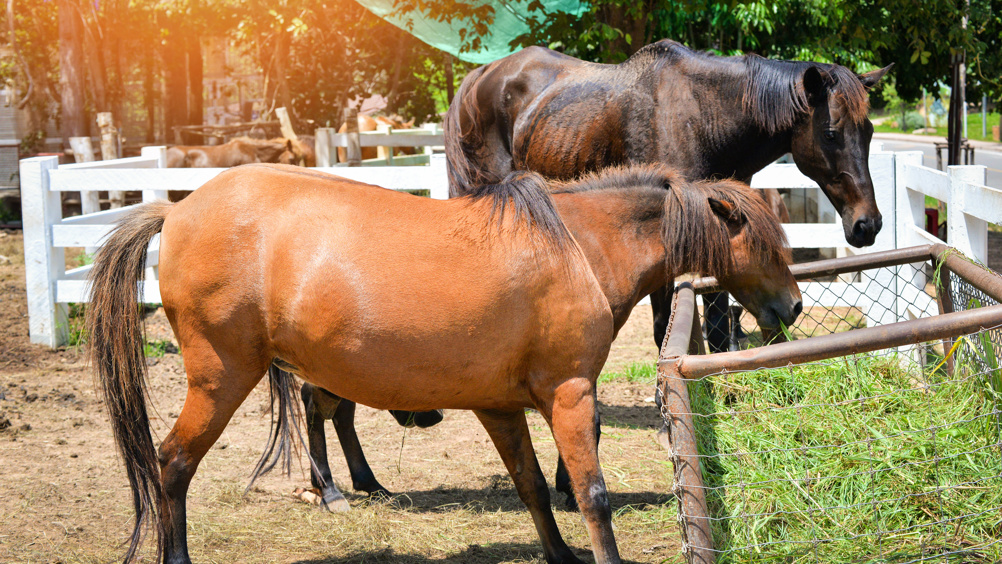References
Advances in the understanding of laminitis and the role of nutrition in its management

Abstract
Laminitis heavily impacts the equine population and, for this reason, has long been researched with respect to its prevention, causation, and management. Recent research has uncovered the importance of owner recognition in both the prevention and management of laminitis and highlighted this as a potential area for education. Furthermore, clearer definitions of the syndrome and its causation, along with risk of recurrence, should enable a more tailored approach to nutrition and feed management. Dissemination of current research into feeding practice should be seen as a key part of the ‘next steps’ in laminitis management and prevention. This review collates current recommendations with applications to practical feeding situations, and demonstrates that while there is information on what constitutes an appropriate diet ‘on paper’, the practicalities of providing this (particularly where forage is concerned), often represents a barrier to long-term use. It is in this area that future research should focus, to fully realise and benefit from the progress made to date.
Laminitis is well documented for its impact on the health, welfare and morbidity of horses. It is a common reason for euthanasia (Barker, 2012; Welsh et al, 2016; Pollard et al, 2019a) and a significant factor in cases of multimorbidity (Welsh et al, 2016). Recent research has significantly progressed our understanding of laminitis and, along with effective dissemination to horse owners and caregivers, continues to provide recommendations for its prevention. This review collates the key advances over the past 10 years and provides recommendations for nutrition and feeding.
Laminitis was previously broadly classified according to the differing pathways presumed to trigger its onset. At present, three main clinical forms of laminitis have been defined (Patterson-Kane et al, 2018; Van Eps and Burns, 2019):
Register now to continue reading
Thank you for visiting UK-VET Equine and reading some of our peer-reviewed content for veterinary professionals. To continue reading this article, please register today.

